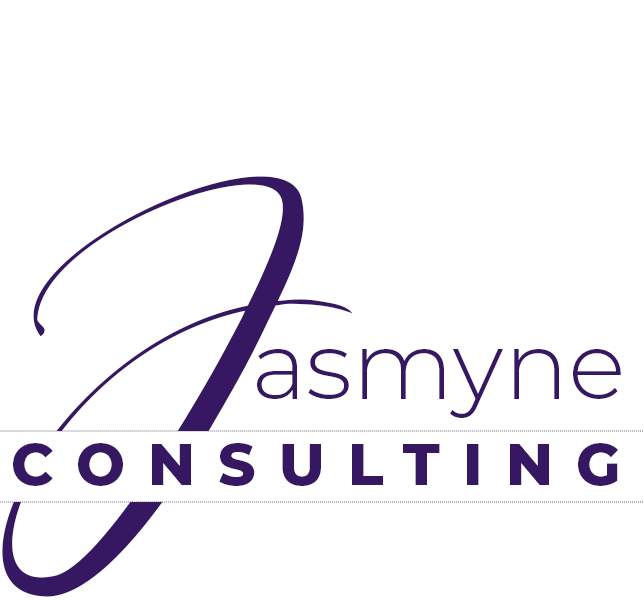“Marketing is not an event, but a process . . . It has a beginning, a middle, but never an end, for it is a process. You improve it, perfect it, change it, even pause it. But you never stop it completely.” – Jay Conrad Levinson
The experts have not come right out and said we are in a recession, but regardless, most businesses and professionals are noticing a decrease in sales and their client load. Everyone seems to be looking for ways to cut expenses. It might seem plausible to cutback in your marketing budget as well. But are you sure that’s the right decision?
“Being in business and not advertising is like throwing a party and forgetting to send out invitations,” is one of my all-time favorite business clichés. To cut back promotion when more customers are what you need is not always the best solution.
When money is tight we become smarter spenders. We are less likely to buy something we think we can do without. We don’t give up eating, the very thing that fuels us. Instead, we find ways to make the most of our food budget. Since business is often fueled by advertising and marketing, as an entrepreneur, you need to follow suit. Changing your approach to marketing is a wiser course action than cutting it way back. How? Here are a few things to consider.
1. Re-think your product or service.
By “rethink” I mean create a clear-cut justification for what you have to offer. Analyze how your product or service serves the needs of your client in these more fragile times. In a downturn, people spend their money on what they need more than on what they want.
People usually choose their purchase logically and justify their expenditure emotionally. In a tight market, people lean more heavily on logic.
If you have a multitude of services, which ones are more likely to attract someone who’s counting pennies? If you offer a single service or product, how can you expand on that?
In Santa Fe, New Mexico there is one business on the Plaza that is always filled with people lined up to get in – even in the dead of winter. That storefront is a 31 flavors ice cream parlor. It was the only 31 flavors I’ve ever seen that has its own bakery where you can buy freshly baked bread, pies and pastries, along with sandwiches and espressos. Santa Fe has a very small population and regardless what the customary inventory is for other locations, the owners of this 31 Flavor location knew they’d have to diversify to saturate their market on a continuous basis.
Their diverse inventory brought in customers who weren’t necessarily ice-cream lovers. Their existing customers were coming back for a variety of reasons – lunch, coffee, etc.
2. Evaluate your promotional strategies.
Marketing is an investment. And while you won’t always be able to measure the Return on Investment (ROI) (this is marketing, after all), you need to take a closer look at what really works. You need to justify your “investment” and establish sound business reasoning behind it.
Do you have a system for finding out where your clients/customers come from? If you have been using multiple marketing venues, it’s good to ask and keep a record. If you have an employee or more than one person taking your calls, help them to make this a priority. In times when you might have to cut back, this is one of the best ways to know where. Also, check back issues of any publications where you advertised. If the turnover of ads is great, there may be a reason business don’t stick with them.
3. Maximize your current customers
It’s always important to keep a flow of new business, but it’s more practical in a downturn to provide more value (and get more in return) from your current customers. When customers make choices in a tight economy, they’re more likely to go with a more trusted source. If that’s you, you want to give them an obvious reason why this is a good decision. Market directly to them. Ask current customers what they need. Show them you care. They will be more likely to stick with you if the going gets even tougher.
John Romero says, “In marketing I’ve seen only one strategy that can’t miss — and that is to market to your best customers first, your best prospects second and the rest of the world last.”
There are more venues, both cost prohibitive and cost effective, for promoting yourself than you can ever imagine. If the circus is coming to town and you paint a sign saying “Circus Coming to the Fairground Saturday,” that’s advertising. If you put the sign on the back of an elephant and walk it into town, that’s promotion. If the elephant walks through the mayor’s flower bed, that’s publicity. And if you get the mayor to laugh about it, that’s public relations. If the town’s citizens go the circus, you show them the many entertainment booths, explain how much fun they’ll have spending money at the booths, answer their questions and ultimately, they spend a lot at the circus, that’s sales.
Published by the Maui Weekly Newspaper


